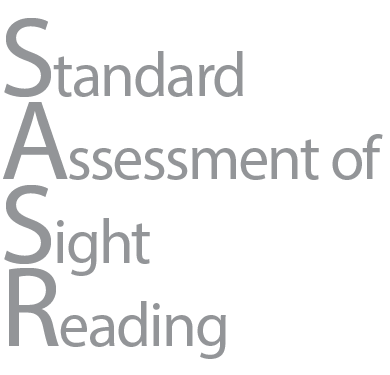Understanding the psychology behind motivation to improve sight reading will help piano teachers work more effectively with their students. It is human nature to assess ourselves, set goals and work to accomplish those goals. Having a standard by which we are assessed is an extremely powerful motivational tool in that we receive a concrete assessment as to where we are with our ability to sight read allowing us to track improvement.
Study: Starting in August 2014 the SASR will be administered to more than 10,000 university music education students from more than 100 universities in over 10 different countries. The test will be administered on days 1, 28, 91 and 180 and the student SASR scores will be recorded, graphed and analyzed to show student growth. The study is noncommercial and as such will not promote any particular method. All universities will use their own method of choice and the study will simply report the sight reading scores. The results of this study will be published at www.StandardAssessmentofSightReading.com where you can find more information about the assessment.
Global Significance: The significance of this study will be of global consequence as it will provide an invaluable research tool for collecting and analyzing data for varying sight reading methods and techniques across the world.
Significance for Piano Teachers: The SASR gives teachers a means to further motivate students to improve sight reading as they track their SASR scores.

